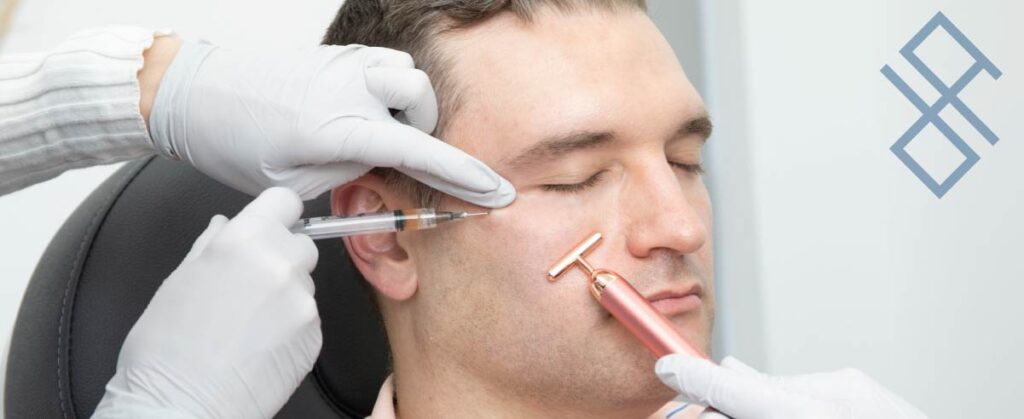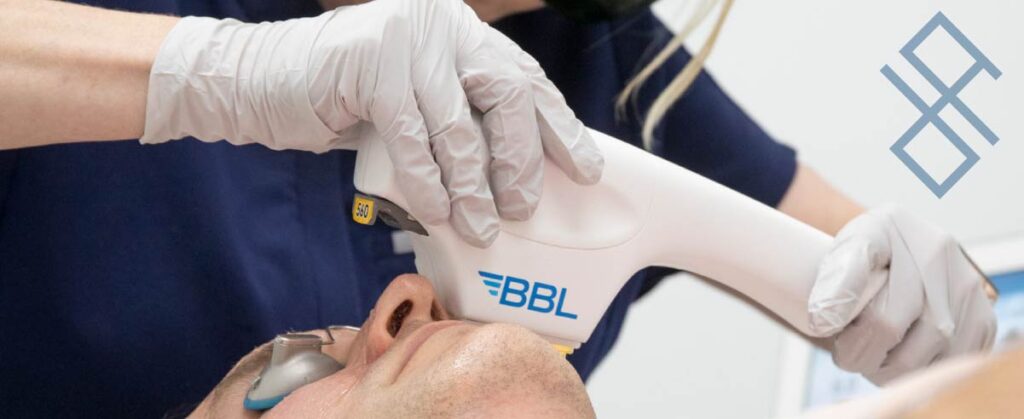
In today’s world, there’s no denying how popular Botox is as a non-invasive cosmetic procedure. In fact, the botulinum toxin market is projected to reach a whopping $15.4 billion by 2030, making it one of the most lucrative cosmetic procedures on the market.
The key reasons behind its popularity are obvious. There’s little to no downtime, it’s easily accessible, and for most people, there are no side effects, just great results. However, this begs the question how often should you get Botox? How much is too much?
Let’s find out in this blog.
How Does Botox Work?
The most basic way to describe how Botox works is by summing it up as a local relaxant. In essence, it paralyzes/relaxes key muscles in order to reduce the signs of aging. As a neurotoxin, it’s also effective in alleviating many other health concerns, such as TMJ tension, it can calm facial tics, correct roving eyes, and provide relief from chronic migraines.
In terms of cosmetic concerns, Botox is most popular for targeting and reducing the look of wrinkles and fine lines on the face, neck, and hands. Botox is also popular as a preventative treatment for the above aging concerns.
A cosmetic specialist injects Botox around specific muscles, helping them to relax, thereby reducing the appearance of wrinkles and fine lines. There is a common misconception that Botox freezes the face and leaves you expressionless, but this is untrue. It all depends on the amount of Botox you opt for and the target area.
How Often Should You Get Botox?
The answer to this isn’t as black and white as you might think. It’s quite a personal decision and varies based on your cosmetic goals, your age, your skin condition, and other factors.
It’s safe to say there is no one-size-fits-all answer.
When thinking about your Botox regimen and when to schedule Botox treatments, the general rule of thumb is that the full effects of Botox tend to wear off within four months. This is when fine lines and wrinkles might begin to become more pronounced and you’ll notice full muscle movement return.
This is why cosmetic specialists will tell clientele to schedule a top-up appointment every four to six months. However, this can vary from person to person.
Individual Considerations
While some people might need to schedule their Botox maintenance every four months, others might go up to six months or more between treatments. This depends on a few individual variations, such as:
- A faster metabolism means your body might process Botulinum toxin faster, which means more regular treatments
- Men, for example, require more Botox at regular intervals due to having stronger facial muscles
Some key influencing factors also include:
Your Age
When you’re younger and have time on your side, your Botox treatments will naturally be further apart than someone significantly older. This is because the facial muscles of a younger person are generally less active and more pliable, meaning the effects of Botox tend to last longer.
For example, those in their 20s and early 30s might only need Botox treatments twice a year. However, as you age and your fine lines and wrinkles become more noticeable, this might increase to three or even four times per year.
Your Lifestyle
It goes without saying that how you live your life and prioritize your health has a direct impact on your Botox results. While your day-to-day habits might seem insignificant at the time, they play a key role in health outcomes and how long your Botox treatments last.
A simple example is those who smoke or enjoy a good amount of time in the sun. Both habits are damaging to the skin, which would naturally increase your Botox frequency. While exercise is a good thing – high intensity exercise, multiple times per week can also impact your Botox results.
This type of exercise can cause Botox to metabolize faster, meaning the treatment effects wear off faster. This is not to say you shouldn’t exercise regularly, but keep in mind you might need to schedule your Botox top-ups accordingly.
Your Chosen Treatment Area
The results and frequency of your Botox appointments also depend on the treatment region. It’s worth noting that different areas of your face use different types of muscles. Some areas might use more muscle than others. It also depends on how much you use those facial muscles.
A simple example is the area around your eyes, also known as the crow’s feet. This area utilizes a few key muscles, which work very hard throughout the day. As such, this face area usually requires more Botox and regular treatments.
Can You Get Too Much Botox?
Yes, there is such a thing as too much Botox. This is where the myth of the frozen, expressionless face comes in. This is why it’s so important to make the most of your Botox consultation and speak openly with your dermatologist about your concerns. They can advise on the best amount of Botox for the best results, ensuring your face still moves with expression.
It’s also important to remember that your body can build a resistance to Botox due to excess use of botulinum toxin. Basically, this means that the muscles can become resistant to the effects of Botox over time.
Your provider will guide you in the safest direction to help you use Botox wisely and maintain that youthful glow for years to come.
Considering Botox for the First Time?
So, how often should you get Botox? This really does depend on your personal preference and the advice of your cosmetic specialist. It also hinges on the areas you’d like to treat and how you respond to this treatment. At the end of the day, it’s best to seek professional advice if you’re unsure of when a Botox top-up is necessary.
If you’re new to the world of Botox and want to learn more, our team at Derm Aesthetics is here to guide you. Feel free to contact us to discuss your skin concerns and the best treatment going forward.


